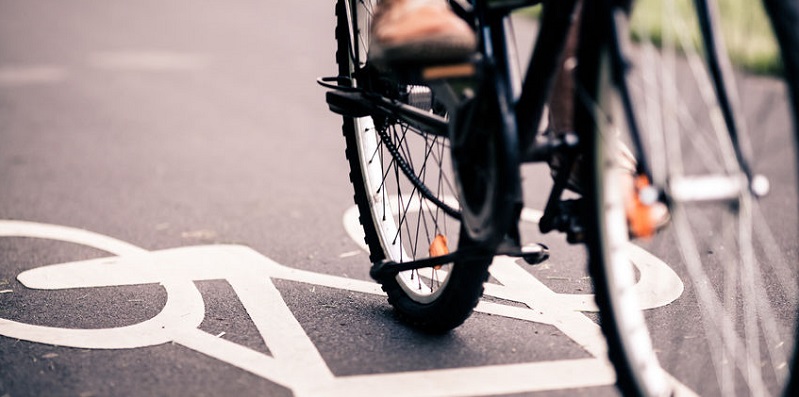In 2016, 840 pedalcyclists were killed in bicycle accidents. Now, one major automaker is working on a communications system that would allow a bike to “talk” to a vehicle with the goal of reducing the number of fatal bike accidents.
Communication Between Bikes and Cars Could Prevent Auto Accidents
One major automaker is taking high-tech a step farther as a means of making the roads safer for bicyclists. Ford Motor Company recently announced that it is working with several bike producers to develop B2V (bicycle-to-vehicle) technology that would make it possible for a bike to communicate with cars on the road.
Could B2V tech be the key to cyclist safety?
The National Highway Traffic Safety Administration (NHTSA) recently posted final statistics from 2016, and it was not good news for anyone who enjoys biking. NHTSA reports that in 2016, 840 pedalcyclists, which is described as anyone riding a two-wheel, nonmotorized vehicle, were killed in bicycle accidents. When it comes to cities where bicyclists are most at risk, Los Angeles, CA and New York, NY ranked one and two; Los Angeles recorded 20 bicycle fatalities while New York had 19. Also highlighted in the listing was Denver, which recorded four deaths of bikers in 2016.
Bicyclists are at risk for injury and death due to the nature of the crashes; a biker is exposed to greater danger than someone in a vehicle. When it comes to main causes of accidents, research shows that it’s vehicle drivers who are found most at fault when involved in an accident and because drivers typically fail to see cyclists. So, the question is, can B2V technology, especially in self-driving vehicles, be the key to keeping bikers safe on the roads? Ford hopes so and has partnered with bike producers to advance this new technology.
B2V will warn vehicles of potential danger.
Though B2V is still in the early testing phase, the idea is to place communication technology, similar to Bluetooth or WiFi, on bicycles. The device would have a rechargeable battery, and placement could be on the bike frame itself, or in a taillight. Researchers aim to allow direct communication between vehicles and bikes. If it looks like a potentially dangerous situation is about to occur involving the two, an alarm would go off in the vehicle to alert the driver, or in the case of an autonomous car, the computer system, to take evasive action.
According to officials, the major challenge is ensuring the technology doesn’t become more of an annoyance and something that eventually drivers ignore. Researchers note that the circumstances that would trigger the vehicle alarm need to be fully planned out and tested before implementation. The alarm cannot sound every time a motorist nears a cyclist, as it might cause drivers to begin ignoring such warnings. At the same time, it must also be sensitive enough to allow for split-second reactions. Ford officials continue to work on the issue as they explore the B2V landscape.
There’s some difficult work ahead on this technology, but those working on this are excited to see the concept moving forward. Jake Sigal, CEO of Tome Software, one of the tech firms working with Ford, notes that B2V is “something that will definitely save lives.”

